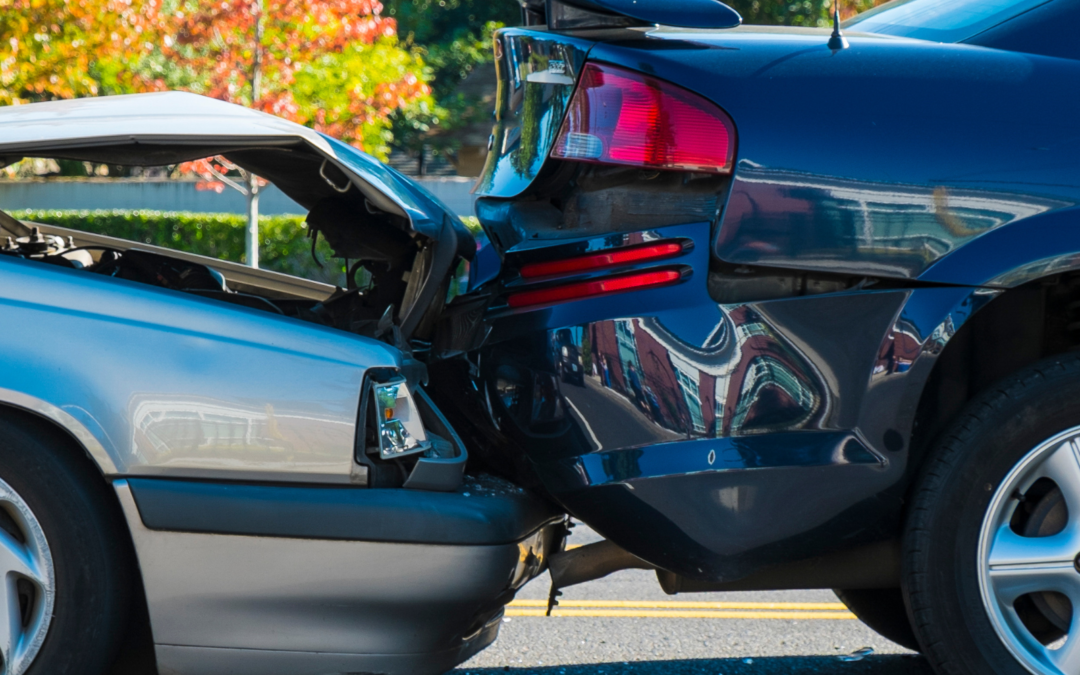Force of Impact in Driving | Understanding the Dynamics
| Driver Education |
Driving, a daily activity for many, involves complex physics, particularly when it comes to understanding the force of impact during collisions. The force of impact is a crucial factor in the severity of accidents and is influenced by several key elements. This article will delve into these factors, shedding light on how they interplay to determine the outcomes of vehicular collisions.
This blog may contain affiliate links, and therefore if you make a purchase through these links, we subsequently may or may not earn a commission at no extra cost to you.
Kinetic Energy: Speed and Weight at Play
One of the primary determinants of the force of impact is kinetic energy, which is directly related to both the speed and weight of the vehicle and its occupants. The formula for kinetic energy (KE = 1/2 mv²) reveals that the energy increases exponentially with speed. This means that a relatively small increase in speed can result in a significantly greater force of impact. Additionally, the weight of the vehicle contributes to the overall kinetic energy, making heavier vehicles potentially more destructive in collisions.
Vehicle and Occupant Speed and Weight
-
- Vehicle Speed: The faster a vehicle is moving, the more kinetic energy it has. In the event of a collision, higher speeds translate into greater impact forces.
- Vehicle Weight: Heavier vehicles carry more momentum, leading to more forceful impacts. This aspect is especially relevant in collisions involving vehicles of different sizes.
Vehicle Characteristics: Safety by Design
Modern vehicles are designed with safety features that absorb and redistribute the forces during a collision. These characteristics play a significant role in mitigating the effects of impact.
Body Rigidity and “Crush Zones”
-
- Body Rigidity: The rigidity of a vehicle’s body is crucial for protecting occupants. A well-structured frame can prevent the cabin from collapsing during an impact.
- Crush Zones: Vehicles are designed with crumple zones that absorb and dissipate energy in a collision. These zones are meant to deform during an impact, absorbing energy that would otherwise be transferred to the occupants.
Interaction with Opposing Objects
The characteristics of both the moving vehicle and the opposing object (whether another vehicle, a pedestrian, or a stationary object) determine the dynamics of the collision.
Relative Characteristics in Collisions
-
- Opposing Vehicle Size and Weight: In collisions involving two vehicles, the size and weight of both play a role in the outcome. A larger, heavier vehicle will generally exert a greater force upon a smaller, lighter one.
- Stationary vs. Moving Objects: Collisions with stationary objects, like a tree or a wall, differ from those with moving objects. The lack of give in stationary objects can result in more force being absorbed by the vehicle and its occupants.
- Angle of Impact: The angle at which a collision occurs also affects the force distribution. Head-on collisions typically result in greater force of impact compared to glancing blows or side impacts.
Force of Impact in Driving
The force of impact in driving scenarios is a complex interplay of kinetic energy, vehicle design, and the characteristics of any opposing object involved in a collision. Understanding these factors underscores the importance of driving safely and adhering to speed limits, as well as the value of advances in vehicle safety design. It also highlights why certain accidents are more severe than others, providing insight into the critical role of vehicle engineering in occupant protection.
Drive with Confidence!
Keep up with all the latest driving news. Expolre our blog packed with essential tips and expert advice on all things related to DRIVING!




